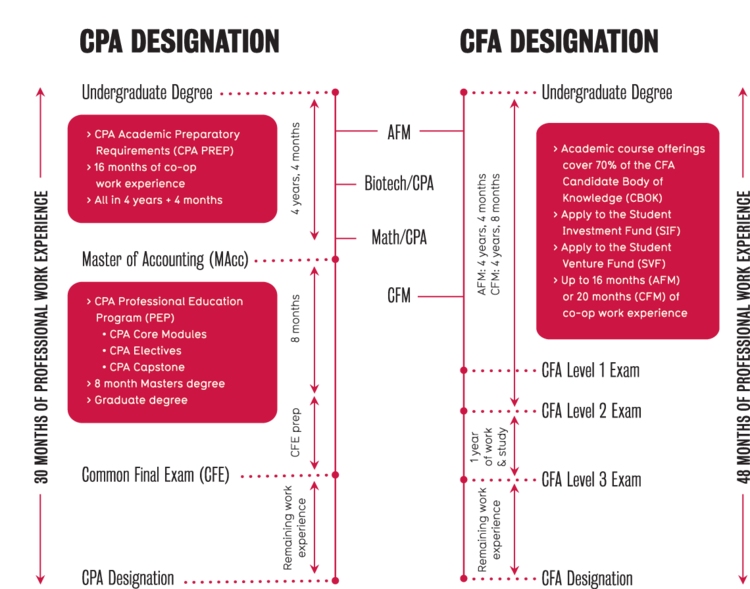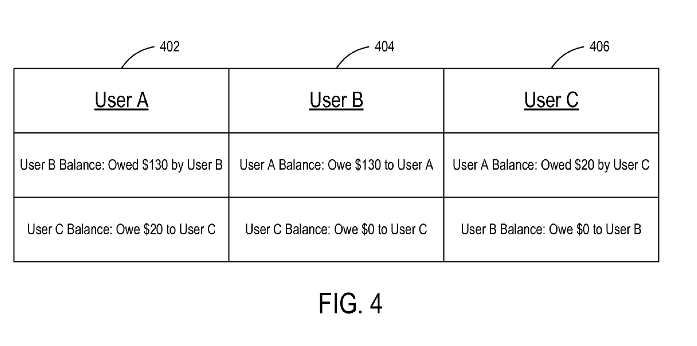Contents:


Most of these are fixed or semi-variable, unlike direct costs, mostly variable. Divide the manufacturing overhead costs by the allocation base to calculate the amount of manufacturing overhead that should be assigned to each unit of production. All the items in the list above are related to the manufacturing function of the business. These costs exclude variable costs required to manufacture products, such as direct materials and direct labor. Accurate accounting and allocation of overhead expenses are very important in calculating the total cost of manufacturing a product and hence in setting a profitable selling price. The accounting of overhead is part of the control established during the budget process.
Calculating the Overhead Rate: A Step-by-Step Guide – The Motley Fool
Calculating the Overhead Rate: A Step-by-Step Guide.
Posted: Fri, 05 Aug 2022 07:00:00 GMT [source]
Other examples of expected overheads when companies launch new product lines include indirect labor costs and the depreciation of machinery and plant facilities. Manufacturing overhead cost is the sum of all the indirect costs which are incurred while manufacturing a product. It is added to the cost of the final product along with the direct material and direct labor costs. Usually manufacturing overhead costs include depreciation of equipment, salary and wages paid to factory personnel and electricity used to operate the equipment. Actual overhead costs are any indirect costs related to completing the job or making a product. Next, we look at how we correct our records when the actual and our applied overhead do not match (which they almost never match!).
On the other hand, if the encumbrance accounting is not even able to cover operational costs, it should shut down. For most businesses, business overheads are calculated by accountants for budgeting purposes but also often so the business has an idea of how much they must charge consumers in order to make a profit. The following are common accounting tools which take account of business overheads. The manufacturing overheads are subjected to tax deductible in nature, and hence it saves a good amount for the business. Managing your manufacturing overhead takes work, but putting in that effort can help your company reduce its spending and increase its revenue.
Depending on the company, businesses are required to hold many different types of insurance in order to operate properly. The break-even analysis determines the point which the business’s revenue is equivalent to the costs required to receive that revenue. Contribution refers to sales of the product or service, it can also be interpreted as the business’s revenue stream. Fixed costs in this case serves the same purpose as business overheads, it will simply be shown as a straight horizontal line on the graph as shown.
What Are The Disadvantage Of Manufacturing Overhead?
It does not represent an asset, liability, expense, or any other element of financial statements. Amounts go into the account and are then transferred out to other accounts. In this case, actual overhead goes in, and applied overhead goes out. •A company usually does not incur overhead costs uniformly throughout the year.
- As such, direct labor and material costs are not factored in when calculating total manufacturing overhead.
- An in-house maintenance person would have the ability to perform routine maintenance and emergency repairs, making it easier to keep your machines in good shape for longer.
- Defective materials or parts lead to losses for companies because they must be discarded or repaired and resold at a lower price than standard quality parts and materials.
- This is why learning how to calculate manufacturing overhead can help to resolve this issue and bring to light all the costs you might have lost track of.
It includes the costs incurred in the manufacturing facilities other than the costs of direct materials and direct labor. Indirect labor is the cost to the company for employees who aren’t directly involved in the production of the product. For example, the salaries for security guards, janitors, machine repairmen, plant managers, supervisors, and quality inspectors are all indirect labor costs. Cost accountants derive the indirect labor cost through activity-based costing, which involves identifying and assigning costs to overhead activities and then assigning those costs to the product. While some of these costs are fixed such as the rent of the factory, others may vary with an increase or decrease in production. The overhead manufacturing budget is significant because, in most cases, this expense has the highest percentage among all other costs in the company.
What are the different types of indirect costs related to manufacturing overhead?
Administrative overheads include items such as utilities, strategic planning, and various supporting functions. These costs are treated as overheads due to the fact that they aren’t directly related to any particular function of the organization nor does it directly result in generating any profits. Instead, these costs simply take on the role of supporting all of the business’s other functions. For example, if the business employs many personnel for quality check or quality control, then it gives a brief about the employer’s mindset, which appears to be good. Indirect labor includes the salaries of anyone that works in your workshop but isn’t involved in the manufacturing process. We’ll explore the manufacturing overhead formula, figure out what is manufacturing overhead, why it’s important, and how to calculate it accurately to make the most of your resources.
These are the https://1investing.in/ that stay the same even when production volume changes. The cost of your building rental, property taxes, and insurance are all fixed manufacturing overhead costs. Even if you make 100 bikes or 1,000 bikes, those costs will remain the same. Other Manufacturing Costs are all other manufacturing costs that cannot be classified as either indirect materials or indirect labor costs that are classified as manufacturing overhead. These costs are allocated to products or jobs based on a predetermined rate, typically calculated as a percentage of direct labor costs, direct materials costs, or machine hours. Allocation is another component of manufacturing overhead accounting to be aware of.
Reduce The Amount Of Labor Hours Used In Production
Hence, if a company had a production goal of 100,000 units, it would assign overhead expenses of $140,000 ($1.14 multiplied by 100,000) to this goal. A budget is prepared to show the total projected volume of the activity base for the next period. For example, if direct labor costs are selected as the activity base, then the total amount expected to be spent on direct labor costs for the coming year would be budgeted. The depreciation on the office building wouldn’t be added to overhead costs because it has no direct or indirect involvement in the production of the product.
All three types of overheads – fixed, variable, and semivariable – are essential for businesses to understand in order to accurately calculate the cost of production. ProjectManager is cloud-based software that keeps everyone connected in your business. Salespeople on the road are getting the same real-time data that managers and workers are the floors are using to run production. ProjectManager has the tools you need to keep monitor and control all your costs, including your manufacturing overhead.

And, generally accepted accounting principles dictate the form and content of those reports. Factory costs, such as rent, insurance, water, electricity, and so on. They are some of the factory costs that cannot be assigned to each unit separately. This number is the amount of overhead that should be applied to each production unit. Variable overhead is the indirect cost of operating a business, which fluctuates with manufacturing activity. Many larger companies offer a range of benefits to their employees such as keeping their offices stocked with coffee and snacks, providing gym discounts, hosting company retreats, and company cars.
It takes lots of money to repair equipment and perform the right maintenance procedures, especially when companies source the work to other organizations. Hiring an in-house team or individual professional may seem like a big expense to undertake, but doing so could save on the expenses dedicated to fixing and keeping up with the machines. It also creates a more predictable budget because of the consistency of the expense, instead of unforeseen large chunks. The old saying “if it’s not broke, don’t fix it,” doesn’t really work when it comes to factory machinery. Preventative maintenance is one of those frustrating necessities in the manufacturing world, but when performed regularly it can extend your equipment’s life span.
Taxes related to the property of any factory where production commences. Depreciation or amortization calculated on Fixed assets like machinery, property, Land, buildings, etc. Implementing the right software for your needs is usually a good starting point for lowering manufacturing overhead. It’s too easy to overspend on a system beyond your needs and too complex to use.
Small and medium manufacturers need to be extra aware of their manufacturing overhead because the effects of hidden costs are magnified at this scale. Without analyzing the details, your profits might not be as high as you first imagined. We all want the newest and coolest things as often as we can get them, but sometimes tried-and-true existing resources can go further than we think. Most warehouses and storerooms are full of salvageable pieces of old equipment just waiting to be found.
- Generally speaking, manufacturing overhead includes things like electricity costs and property taxes.
- By understanding which changes in production volume most impact overhead costs, eCommerce businesses can better manage their bottom line.
- The manufacturing overhead value is also used in calculating the overhead rate, which is the portion of the sales revenue or income from sales that goes into the payment of overhead costs.
- As well as refreshments, meals, and entertainment fees during company gatherings.
- For example, the property taxes and insurance on the manufacturing buildings are based on the assets’ value and not on the number of units manufactured.
Using a predetermined overhead rate allows companies to accurately and quickly estimate their job costs by assigning overhead costs immediately along with direct materials and labor. Manufacturing overhead costs are indirectly incurred during the production process. Examples include property tax, personnel salaries and wages, depreciation, costs of repair and maintance, electricity and water bills. These indirect costs include rent, property tax, equipment depreciation, costs of maintanance and repair, salaries and wages. The three types of overheads differentiated by their regularity are fixed overheads, variable overheads, and semi-variable overheads.
The allocation of factory overheads is quite challenging but, at the same time, crucial in a manufacturing setup. The cost involved is substantial and proper apportionment necessitates correct allocation to derive the real profitability of the respective departments. These expenditures cannot be allocated to a particular job, process, or item of production. Storing extra products or mothballed equipment “just in case” costs tens of thousands in factory overhead. Consolidate those areas to both decrease overhead and increase alternative revenue streams. As a ballpark figure, then, we can take last year’s overhead costs and increase anywhere from 3-5% to get this year’s factory overhead projection.
This is done as an educated guess based on the actual overhead costs of previous years. Financial costs that fall into the manufacturing overhead category are comprised of property taxes, audit and legal fees, and insurance expenses that apply to your manufacturing unit. These items can be essential to production but do not qualify as parts of specific products, therefore they should be accounted for as indirect materials.
The Last Hesketh Vampire Ever Built Is Up For Sale – Silodrome
The Last Hesketh Vampire Ever Built Is Up For Sale.
Posted: Mon, 10 Apr 2023 10:30:31 GMT [source]
A higher rate indicates that there is a lag between production and sales that might be impacting your cash flow. This figure is also helpful in budgeting because you can ensure you have set aside enough to adequately cover overhead costs each month. Manufacturing overhead refers to the indirect costs of creating a product.

Costing and effective pricing of the goods are primarily determined on their basis. After factory overhead is allocated to inventory, the amount actually allocated will vary from the standard amount that had been budgeted to be allocated. This difference is caused by either a spending variance or an efficiency variance. The spending variance occurs because the actual amount of factory overhead expenditure incurred in the period was different from the standard amount that had been budgeted at some point in the past. The type of overhead costs must be determined and classified as variable, fixed, or mixed.
